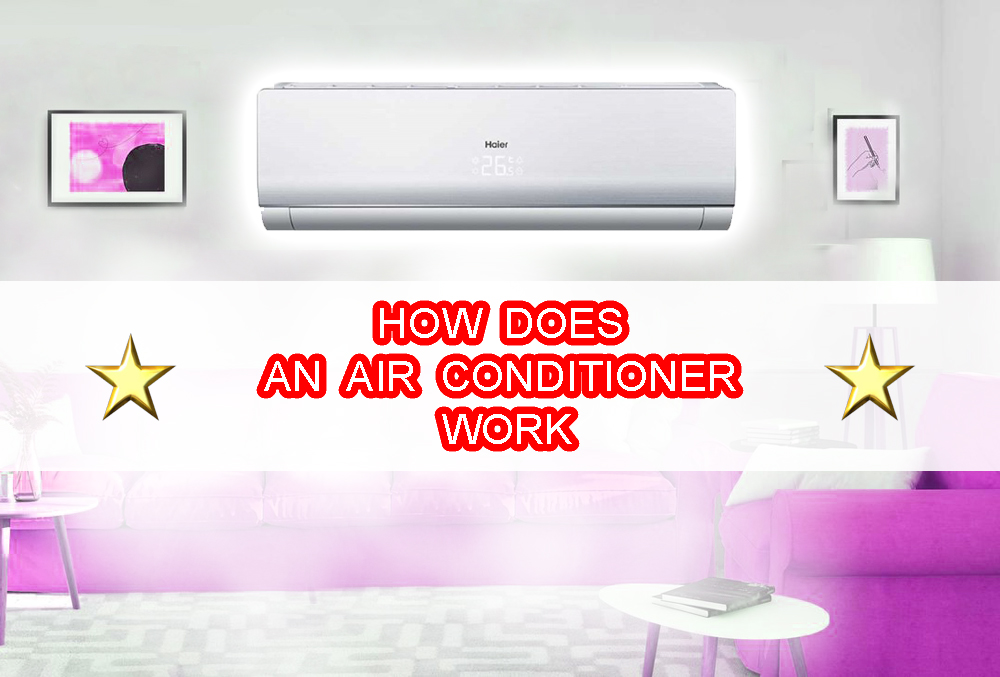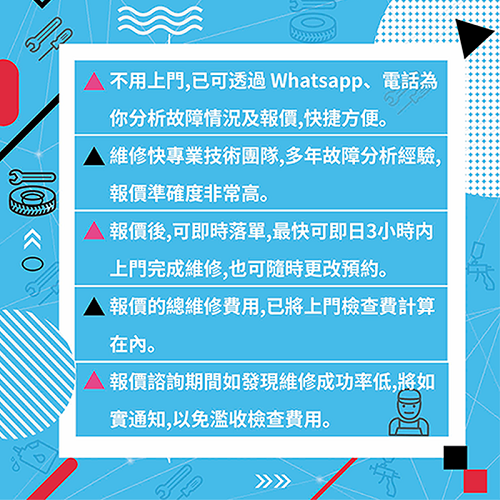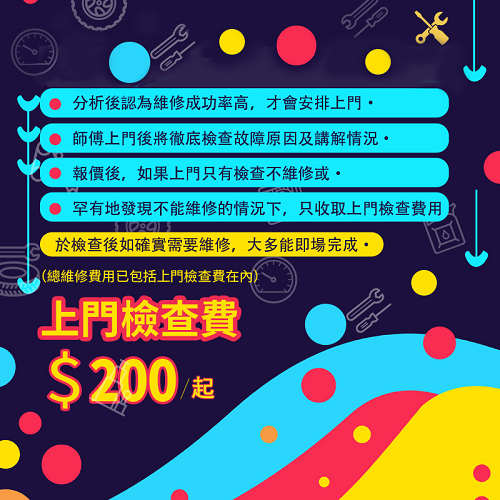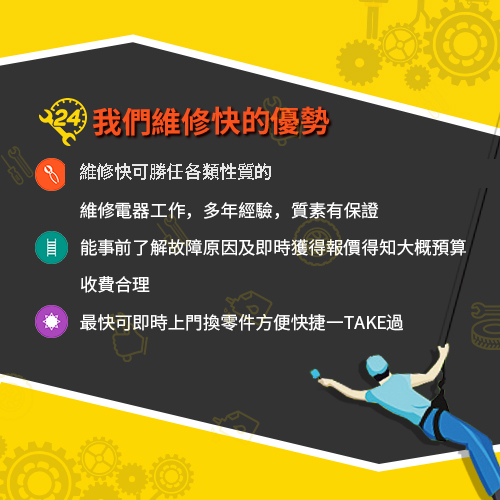
Introduction
An air conditioner, often known as anair
conditioner or air conditioner, is a device that reduces the temperatureinside a space by
eliminating heat and moisture. The term "splitsystems" is also used to describe air conditioners
because they have bothan inside unit and an outdoor unit. Together, these two technologies
canperform the functions of cooling and dehumidifying an indoor area. The cold aircan then be
dispersed throughout a building via ventilation.
In anutshell, an air conditioner works by
drawing warm air into a system anddispersing cold air, but the actual operation is far more
complicated. And onemust first comprehend the thermodynamic processes that occur in order to
properlycomprehend how an AC operates.
The Process of How anAir Conditioner
Works
Wesweat when it’s hot outside. When we sweat and cool
down, our body temperaturedrops. This is because sweat evaporates, drawing heat away from our skin.
Theterm "Latent Heat of Vaporization" refers to the process by which aliquid evaporates and removes
heat from its surroundings. The amount of heatremoved increases with the Latent Heat of
Vaporization. The refrigerant used inair conditioners has a high Latent Heat of Vaporization and a
tendency toevaporate easily, making it ideal for a cooling device.
Theevaporation of a
third fluid, known as the refrigerant, cools a fluid duringthe home air conditioning process. Air
conditioners use refrigerants with ahigh latent heat of evaporation.
Heatis carried by the
refrigerant. Additionally, a gaseous fluid doesn’t contain asmuch heat because it has a lower energy
density than a liquid of the samevolume. This gaseous fluid is forced downward into a liquid fluid
by the compressor.The energy is thereby compressed into a smaller area.
Therefrigerant will
absorb heat from its surroundings in order to evaporate. Theamount of heat removed from the air by
the refrigerant can be increased. A coolbreeze blows from the front as the air cools due to heat
loss.
Alsothe operation of an air conditioner step by step:
1. The compressor’s input is filled with
hot,pressurized gaseous refrigerant, which is then forced into the condenser
coils.
2.The condenser coils’ refrigerant is now liquid. And the
heat starts to fade. Afan or blower accelerates the heat discharge at the condenser
coils.
3.Before returning to the evaporator at low pressure, the
refrigerant travelsthrough a measuring device that resembles an aperture.
4. Atthe evaporator
coils, the refrigerant changes state once more, changing fromliquid to gas once more. The gas
refrigerant absorbs the heat from your homeand releases it outside through the condenser. Instead of
producing cool air,your air conditioner mostly moves heat.
5.The gaseous
refrigerant continues to remove heat energy from your home afterthe compressor cycle is restarted.
As a result, when the refrigerant enters theevaporator and evaporates, it absorbs heat from the
room. Now, for condensationto occur in the condenser, the refrigerant must be vaporized and hotter
thanthe surrounding air. To accomplish this, the compressor compresses the vaporrefrigerant, raising
its temperature. When the compressed vapor refrigerantenters the condenser, it changes from a vapor
to a liquid and releases some ofits heat into the cooler air around it.
6.Afterpassing through
an expansion valve, where the pressure is reduced and theliquid begins to boil, some of its energy
is released, making it even colder,and the liquid continues to flow. We now have a mixture of cool
liquid andvapor after the cycle has completed.
Conclusion
Thereis no such thing as
"cold energy." Cold is simply the lack of heat.As a result, if you want a straightforward
explanation of how your AC operates.Instead of creating cold, it only transfers the heat from within
your room tothe outside. Now that there is no heat in your room, it will
feel"cool."
Itis now hotter because there is more energy present per
unit of space. It is commonfor this "hotness," also known as "heat," to besubstantially hotter than
the air surrounding it. Because heat prefers to movefrom warm to cold areas, the coil’s piece
outside the house releases heat. Theexpansion valve is treated with this fluid, which is now
heated.
Here,room is made available for the less potent liquid to
change into a gas. It is"cool" because there is less heat per square inch in this gaseousform. The
cycle is continued by bringing the cold fluid to the coil within theroom where it can absorb the
heat generated there.
Basically,your air conditioner doesn’t create cold air. It
merely transports the"heated" air inside the living area outside using refrigerant as
aconduit.
Amuch simpler explanation is that when a liquid is
compressed, it heats up.Allow the warm liquid to cool outside. When a liquid expands into a gas,
heatis lost and the liquid becomes cold. After being sent outside, wheresignificant heat is lost,
the hot liquid is allowed to cool and expand before beingpumped back into the space, where fans
distribute the cold.
Ourteam offers a broad variety of technical services for
air conditioning as wellas detailed and varied professional advice. We are committed to giving
ourclients a high-quality, one-stop air conditioning servicing experience that issafe, dependable,
and efficient.
Youare welcome to contact our team if you have any
inquiries about air conditionermaintenance and more. Call us at 3163
7725 orwhatsApp 60628576 to get in
touch.
Allof our staffs have attained high certification standards and have a wealth ofexpertise. Visit our website to learn more about us. https://www.motherboardexpress.com



